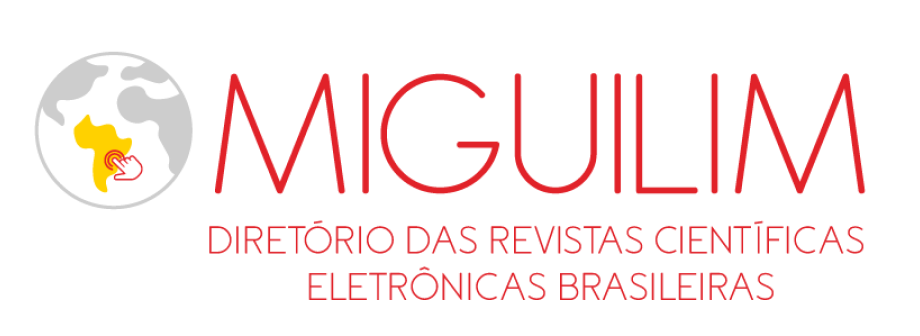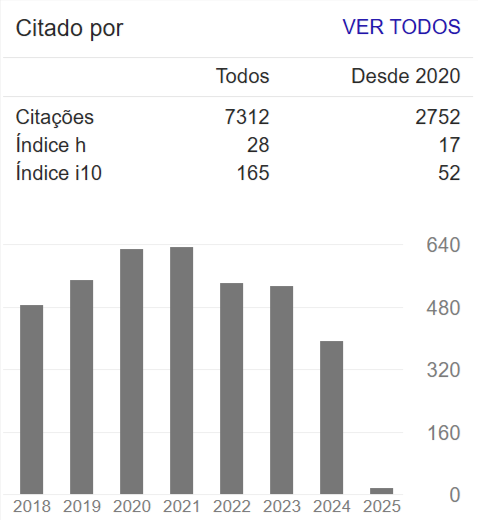Analysis of the potential impact of areas with soil contamination on watercourses and wells in São Paulo
Abstract
The aim of this paper is to identify water bodies and wells at risk related to the proximity of contaminated soil areas in the city of São Paulo. Safety circles were traced between the contaminated areas and the potential contamination targets according to the hydrogeological characteristics of the aquifers. Thus, it was possible to determine intersections with rivers and wells, mapping them as under risk of contamination. A map of the accumulated impact of pollution on the hydrography was produced, according to the hydrological topology, taking into consideration the potential upstream contamination points. The groundwater vulnerability to contamination was also mapped, through an Aquifer Vulnerability Index (AVI) that takes into account the hydraulic conductivity and the unsaturated depth of the aquifer. Forty-nine wells (1.68%), of which 65.31% are categorized for human drinking supply, have a potential risk of contamination. These are located predominantly in areas of high population density and extremely high vulnerability to aquifer contamination. The results contributed to the analysis of water resources in São Paulo, in order that users and public authorities could be made aware of the risks of contamination and could prioritize preventive measures regarding these risks.

















